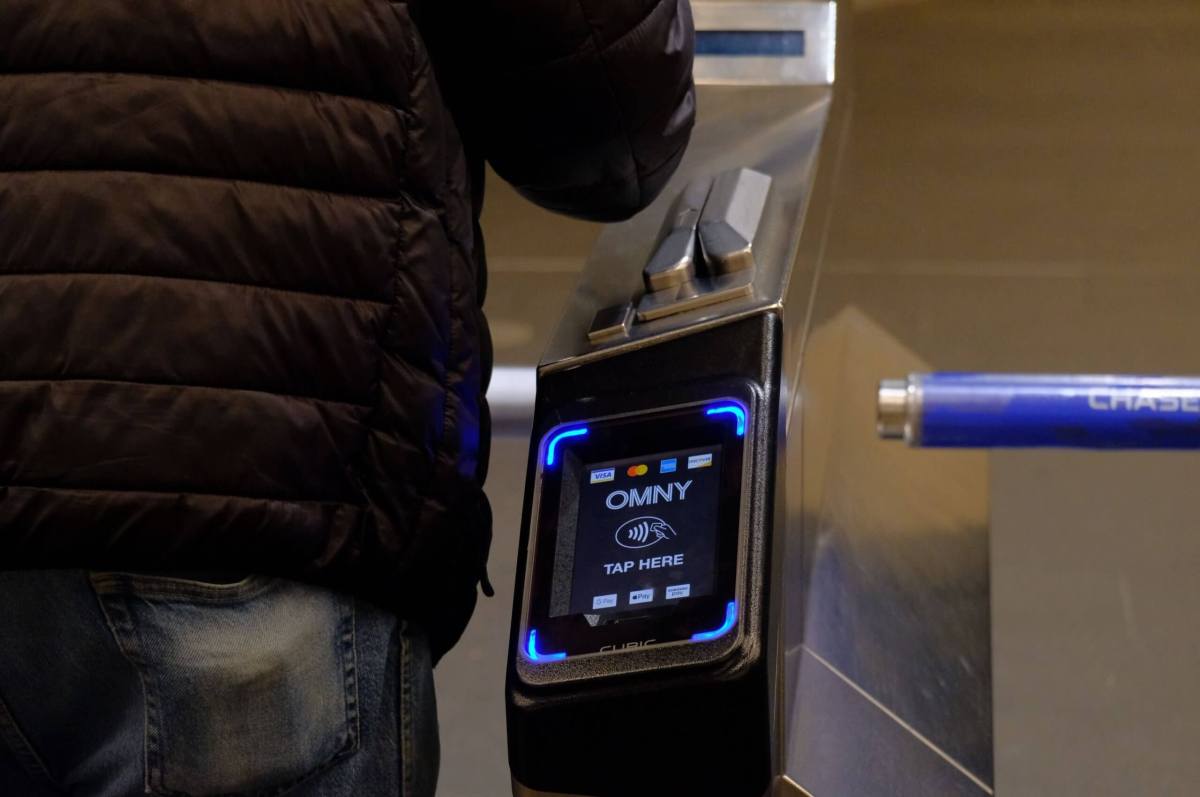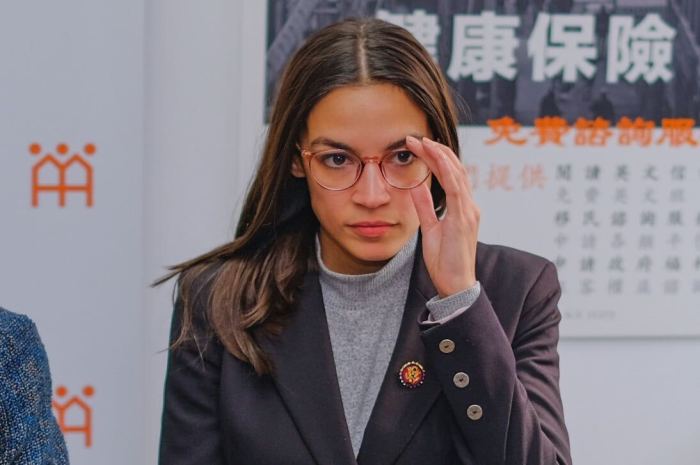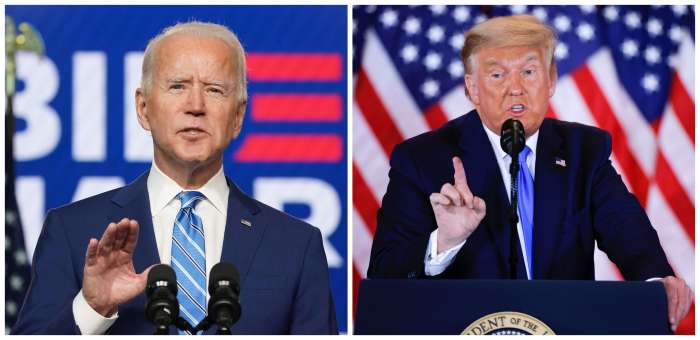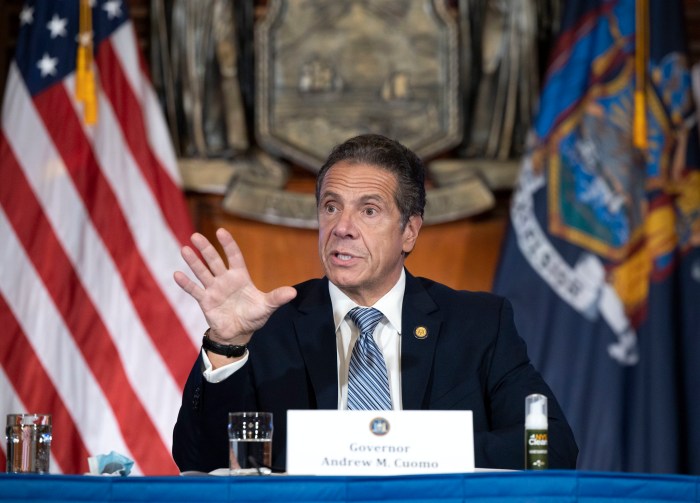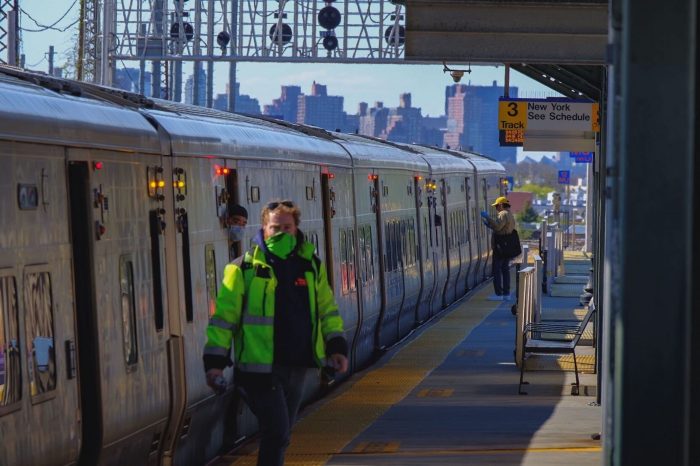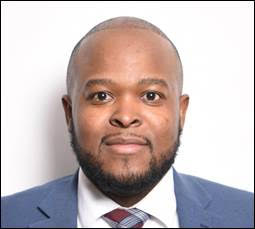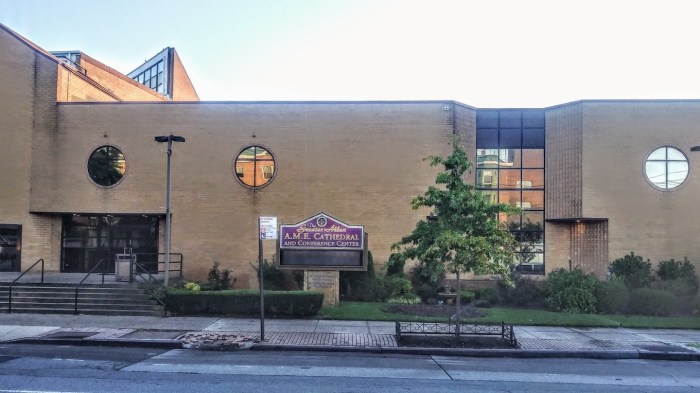The November meeting of the MTA board on Wednesday left transit advocates with much to digest with eviscerating cuts and over 9,000 in staff reductions.
But one thing the agency still seems to be chewing on is in the conundrum of raising fares by a dollar to make up for ridership losses due to COVID-19 and repelling riders because the fare is becoming too costly for New Yorkers who need mass transit.
The notion of whether the toll increase should be applied to all riders or simply off peak and weekend riders did not appeal to MTA Chairman Pat Foye who sees the majority of the folks riding during these hours to be tourists, an industry which he does not foresee a comeback any sooner than 2025.
“I think the instinct to charge others other than regular customers is a sound one, but let’s be realistic. For instance, New York City and Company reported the other day that in 2019 there were 66 or 67 million tourists and visitors to New York, a lot of them rode subways and buses and they expect in 2020, it’s going to be a third of that and we’re not going to get back to 2019 levels until 2025,” Foye said. “The point being, there are going to be a lot fewer customers coming to New York than that extra increase could be applied to.”
For now, the MTA is holding out for a contribution from the federal government with an ask of $12 billion in stimulus funding. By December, the board is expected to adopt a budget, one that could include 40% service cuts across subways and buses as well as 50% cuts to commuter lines.
The agency will also take action on whether or not to take out a $2.9 billion loan from the federal reserve. But further borrowing is no longer with the MTA’s outstanding debt expected to reach $50 billion by 2024, according to state Comptroller Thomas DiNapoli.
So where can the MTA go for a little cash?
Congestion pricing, or Central Business District Tolling, has been authorized by the state legislature since early in 2019 and the federal government has been reluctant to approve the proposal for nearly as long.
With President-elect Joe Biden, who has adopted an aggressive strategy for infrastructure improvements across the country, Foye was hopeful that this could become an active funding stream sooner rather than later, but this was cooled by the fact that the tolling into lower Manhattan is nowhere near ready to launch in immediate terms.
“We are hopeful that the Biden administration will take a different view of the processing of congestion pricing,” Foye said. “Obviously the new administration isn’t going to be in place until Jan. 20 and then staff has to be put in place, but we’re very hopeful and believe that the new administration will have a far more enlightened view on the processing of an application that’s been sitting in Washington for over 18-19 months.”
According to Foye, the prospect of congestion pricing getting up and running in 2021 is not great, however.



